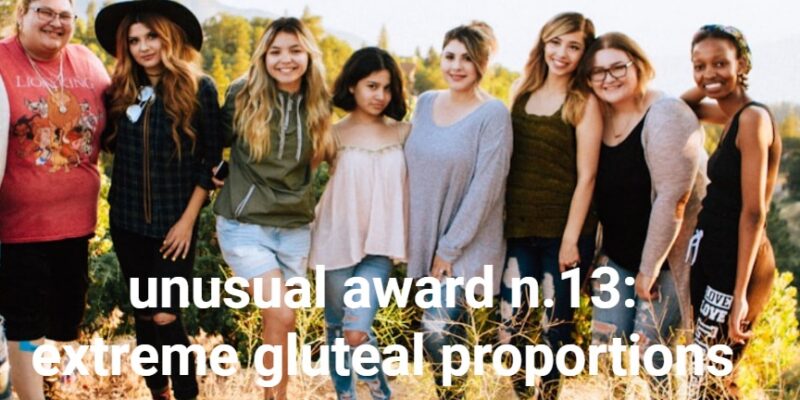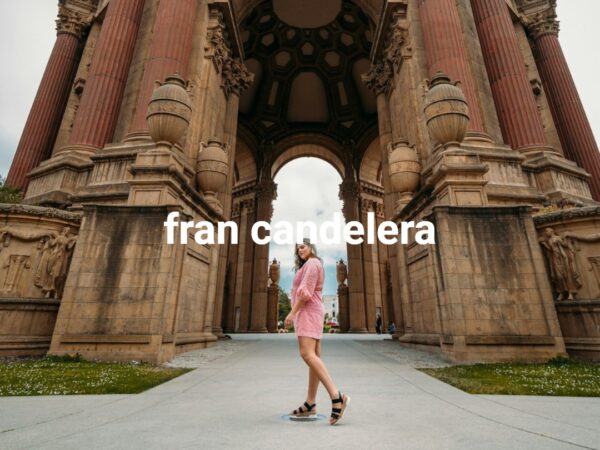unusual award n.13: extreme gluteal proportions in african woman

Introduction to the Unusual Award
Have you ever heard of the unusual award n.13? It’s not your typical accolade. This recognition celebrates something truly unique: extreme gluteal proportions in African women. While beauty standards vary across cultures, this particular award shines a spotlight on an aspect that many might overlook yet is profoundly significant in certain communities.
From traditional beliefs to modern social media trends, these proportions are more than just physical attributes; they symbolize identity and pride. Join us as we dive into the fascinating world behind this unusual award and uncover its cultural layers, controversies, and what it means to embrace body diversity today.
What are Extreme Gluteal Proportions?
Extreme gluteal proportions refer to a distinct physical characteristic where the buttocks exhibit an exaggerated size and shape. This body feature is often celebrated in various cultures, particularly within African communities.
These proportions can be seen as a symbol of beauty, fertility, and health. They reflect diverse ideals that challenge conventional Western standards of attractiveness.
In many parts of Africa, such traits have long been associated with strength and desirability. Women with pronounced curves are often admired for their femininity.
However, these extreme proportions also spark conversations about societal expectations around body image. The celebration of such features highlights the importance of embracing diversity in human forms.
As different cultures evolve, so do perceptions surrounding body shapes and sizes. Extreme gluteal proportions serve as a reminder of this ongoing dialogue about beauty norms across the globe.
Cultural Significance in African Women
The cultural significance of body shape, particularly gluteal proportions in African women, is deeply rooted in tradition and history. For many communities, these physical attributes symbolize fertility, strength, and beauty.
Communities celebrate these features through art and dance. They often reflect values that transcend mere aesthetics. A fuller figure can indicate health and vitality.
In some cultures, the emphasis on extreme gluteal proportions is tied to social status. Women with such traits may be viewed as more desirable partners for marriage or procreation.
These ideals exist within a broader narrative about womanhood in Africa. They highlight resilience while challenging Western beauty standards that often prioritize slimness over curves.
As perceptions evolve globally, the appreciation for diverse body types continues to gain momentum. Embracing this diversity fosters confidence among women who embody various forms of beauty across different cultures.
Controversy Surrounding the Unusual Award
The Unusual Award n.13 has sparked significant debate since its inception. Many question the implications of celebrating extreme gluteal proportions in African women. Critics argue that it can objectify individuals rather than honor their unique beauty.
Some believe this recognition reinforces narrow beauty standards often dictated by society. The focus on physical attributes may overshadow personal achievements and contributions to culture.
On the other hand, supporters claim that the award empowers women by embracing body diversity. They see it as a celebration of natural curves, challenging conventional notions of attractiveness.
Yet, navigating these dual perspectives remains complex. Discussions surrounding this award highlight broader issues about representation and self-identity in a world rife with stereotypes and expectations. The dialogue continues to evolve alongside cultural perceptions of beauty throughout various communities around the globe.
Past Recipients of the Award
The Unusual Award n.13 has honored several remarkable women from various African cultures who embody extreme gluteal proportions. Each recipient brings a unique story and representation of beauty.
One notable past recipient hails from Nigeria, celebrated for her confidence and advocacy for body positivity. Her journey challenges societal norms and inspires many to embrace their natural forms.
Another awardee, an artist from South Africa, uses her platform to highlight traditional beauty standards within her community. Through her work, she emphasizes the cultural significance of body shapes that have often been overlooked in mainstream narratives.
These women not only redefine beauty but also spark conversations about self-acceptance and personal expression. Their achievements resonate far beyond physical attributes; they represent strength, resilience, and cultural pride in diverse forms.
Embracing Body Diversity and Breaking Beauty Standards
Body diversity is a celebration of all forms, shapes, and sizes. It challenges the conventional ideals often portrayed in media and fashion.
In recent years, movements advocating for body positivity have gained momentum. People are beginning to understand that beauty transcends narrow definitions.
Embracing differences fosters self-acceptance. When women proudly showcase their unique features, they inspire others to do the same. This shift encourages a culture where every body is valued.
Breaking free from rigid beauty standards allows individuals to enjoy their authenticity without fear or shame. Each curve tells a story and holds significance.
As society evolves, so does our understanding of attractiveness. Celebrating extreme gluteal proportions among African women exemplifies this progress toward inclusivity and appreciation for diverse bodies everywhere.
Conclusion
The unusual award n.13: extreme gluteal proportions in African women shines a spotlight on the unique beauty standards that exist within various cultures. This recognition serves not only to celebrate physical diversity but also to challenge the Western ideals often portrayed in media.
As society becomes more aware of different forms of beauty, it is crucial to embrace these differences rather than stigmatize them. The body positivity movement continues to grow, encouraging individuals to appreciate their own bodies and those of others without judgment.
Through discussions around this unusual award, we can foster a greater understanding and respect for cultural significance tied to body shape and size. By highlighting past recipients who exemplify confidence and pride in their natural shapes, we inspire future generations.
In doing so, we pave the way for a world where all bodies are celebrated—where every curve tells a story worth sharing. Recognizing awards like this one helps us move towards breaking traditional beauty standards while promoting acceptance across diverse backgrounds and appearances.










